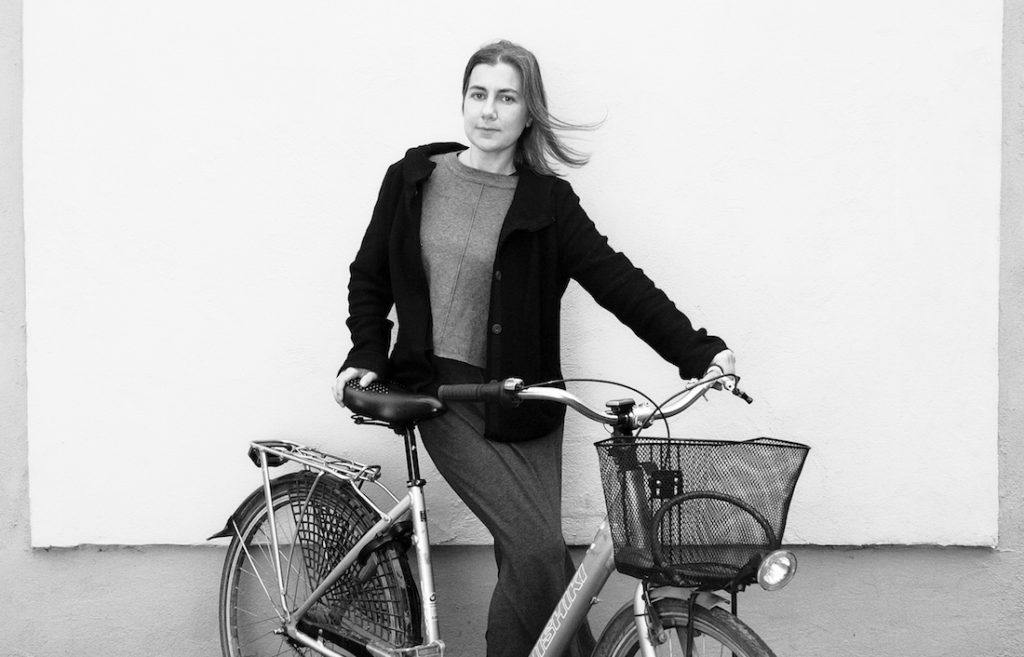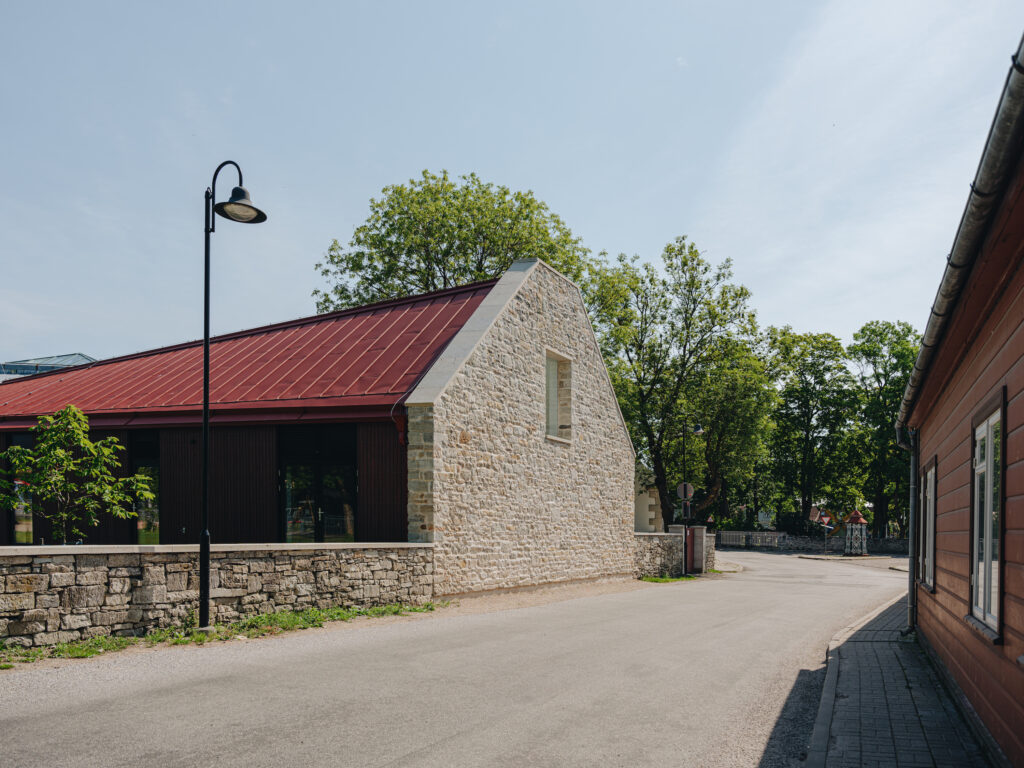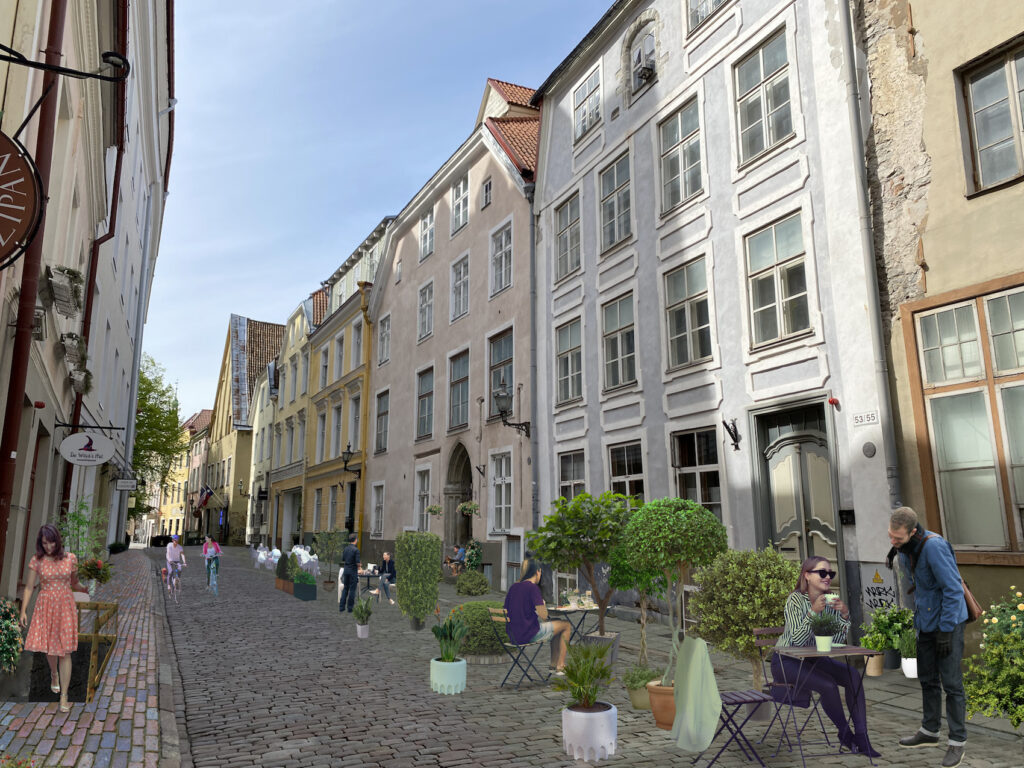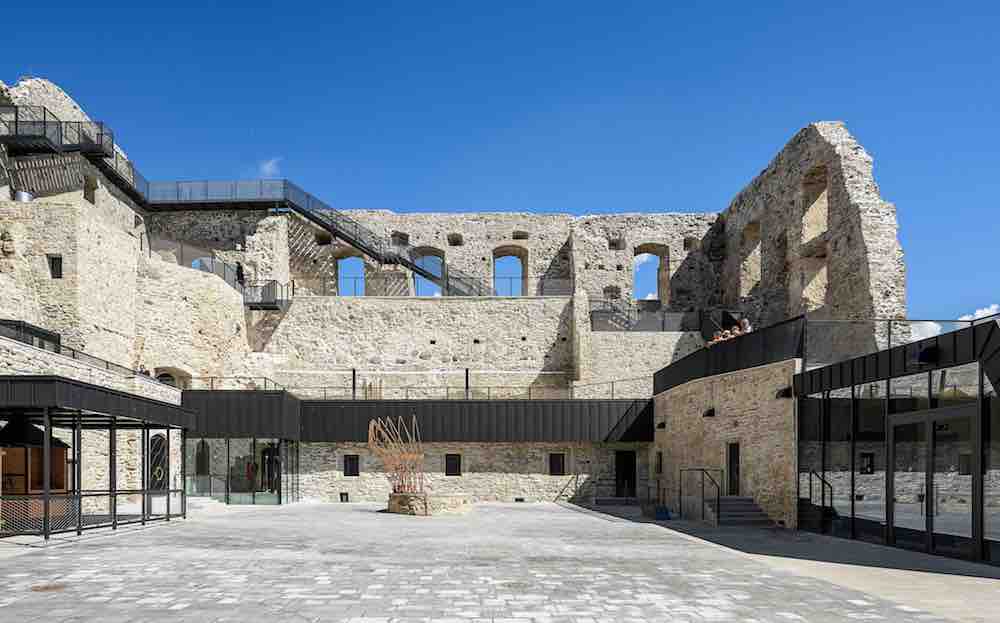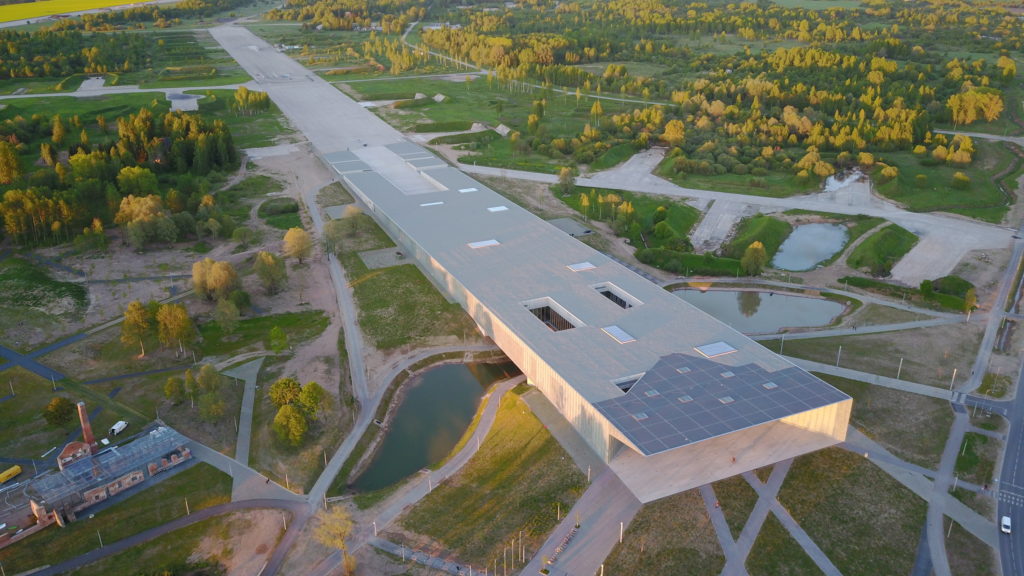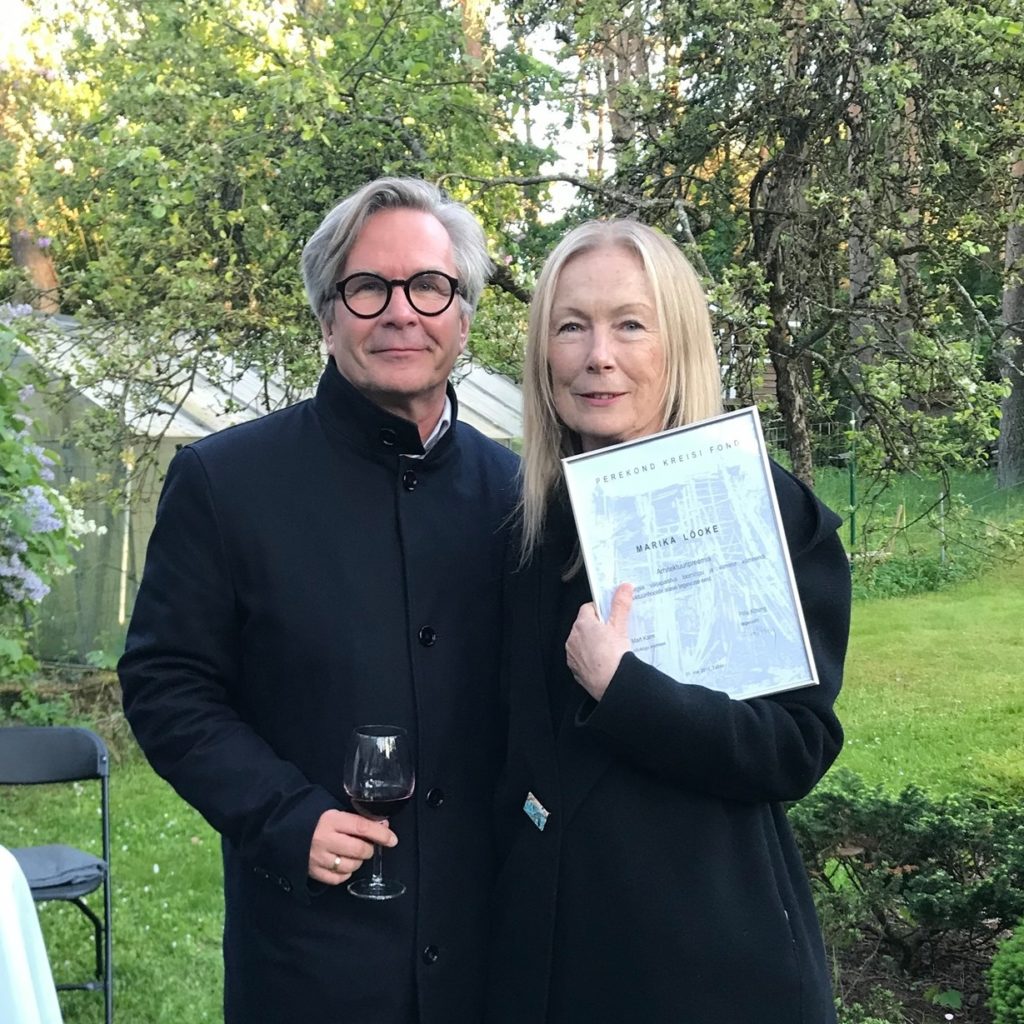Siiri Vallner is an industrious architect, who is sensitive and attentive towards the environment, while at the same time, her projects are rational and conceptual. Interviewed by Jarmo Kauge.
Architect Johan Tali, landscape architect Merle Karro-Kalberg, architect Siiri Vallner, project manager Priit Õunpuu and interior architect Hanna Karits discuss their experiences of using limestone in recent projects.
Thinking through stone opens up a fresh perspective on construction culture (and the lack thereof), availability of local building materials and their untapped (economic) potential, and, ultimately, on building truly long-lasting buildings.
The Urban Forum held on June 14th–15th was looking for the subtle balance between the activities of visitors and locals as well as the old and the innovative new.
Living close to water is good for our health: it reduces the risk of premature death, obesity, and has a generally restorative effect on people’s mental and physical health. 1 In the city, water is often so near, yet so far. Did you know there are more canals in Birmingham than there are in Venice, but people have been separated from the water by bad urban space? Tallinn has a long coastline but there are very few places in the centre where you can access the sea at all.
The stories we have heard ever since the beginning of the century about the merchandising of museums and the transformation of all culture into an unending festival are greatly exaggerated. The new cultural buildings are good examples of state-commissioned public spaces that are quite self-aware with no desire to go along with the general trends of commercialisation.
Andres Sevtsuk is a Professor of Urban Science and Planning at the Department of Urban Studies and Planning at MIT, where he also leads the City Form Lab. Maroš Krivý is a professor of Urban Studies at the Estonian Academy of Arts.They shared their insights on current state and challenges of Estonian architecture.
The foundation of the Kreis family is the first foundation by a local family to support architecture that was established by Heljo Kreis in 2012. The aim of the foundation award is to acknowledge noteworthy phenomena, alternative practises and versatile creators who have remained on the margin of the mainstream Estonian architecture.
The new building of Narva College features self-conscious architecture embodying the vitality of culture – mystery, courage and community.
Is EV100 Great Public Space programme revealing or creating the uniqueness of small towns?
No more posts
ARCHITECTURE AWARDS


